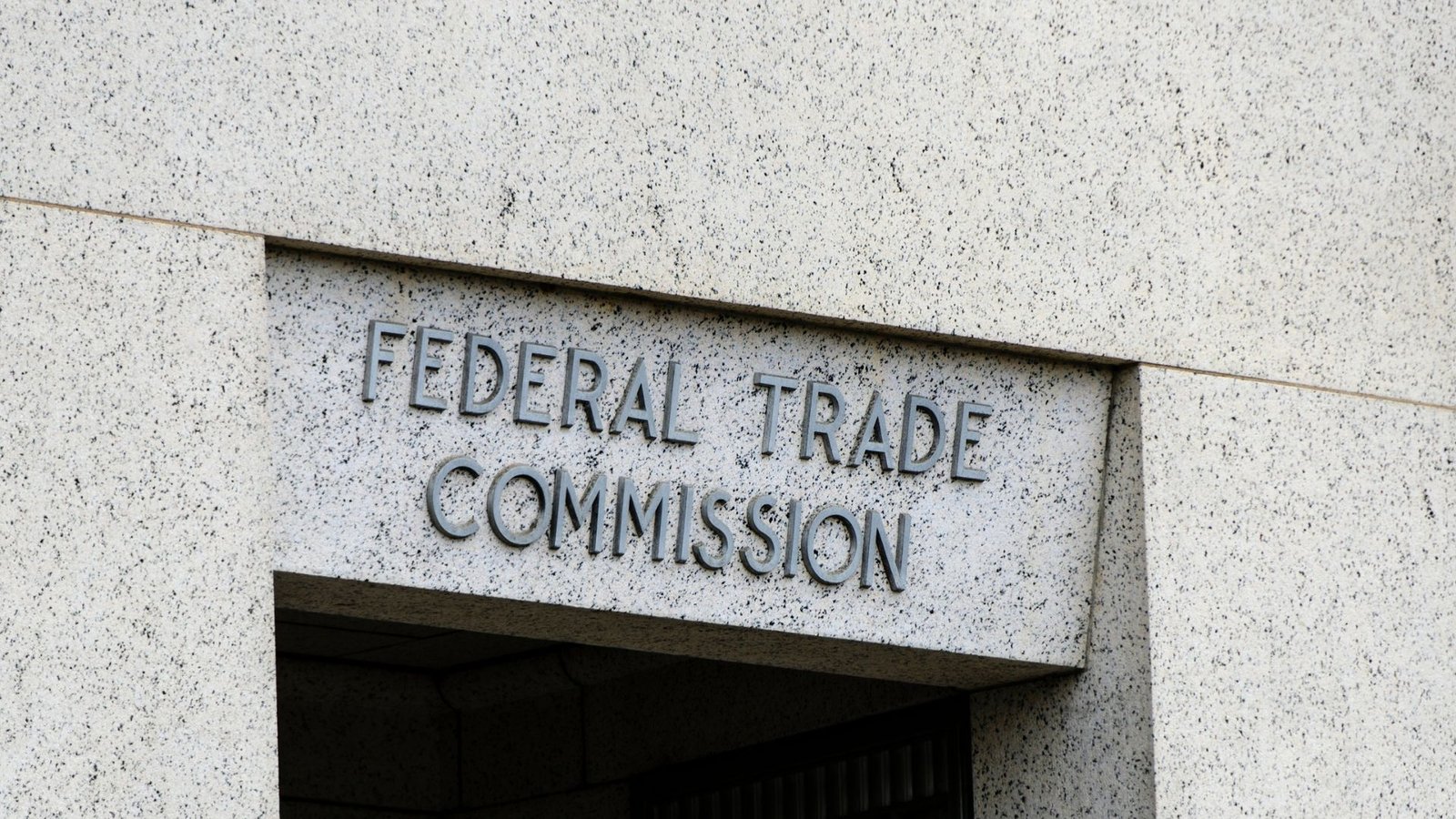On this page you will read detailed information about Controlled Substances Act.
Legal professionals must learn the intricacies of the Controlled Substance Act in order to successfully negotiate the intricate realm of drug control in the US. This comprehensive federal law, which was established in 1970, establishes guidelines for the production, importation, possession, and distribution of banned substances, so providing a comprehensive basis for the government’s drug policy. Having a thorough understanding of the five schedules, sanctions, and enforcement procedures is important whether you are advising clients, prosecuting cases, or defending individuals.
Learn about the Controlled Substances Act
The cornerstone of drug policy in the United States is the Controlled Substance Act (CSA). Enacted in 1970, this comprehensive federal legislation regulates the production, importation, ownership, use, and distribution of specific chemicals. A thorough understanding of the CSA is essential for anybody working directly in the medical field, law enforcement, or any other sector involving potentially banned chemicals.
Basic Elements of the CSA
According to the framework provided by the Controlled Substances Act, medicines are categorized into five schedules according to their medical applications, propensity for abuse, and safety when under medical care. Substances under Schedule I, like heroin, are thought to be the most deadly while those in Schedule V are less likely to be abused
Enforcement of the Act and Compliance
The Drug Enforcement Administration (DEA) is the main organization responsible for implementing the Controlled Substances Act. All businesses and individuals engaged in handling controlled substances must register with the Dـ
Five Divisions of Controlled Substances
Drugs and chemicals were categorized into five categories under the Controlled Substances Act according to their safety, risk for abuse, and recognized medicinal application. Understanding these schedules is essential for law enforcement, healthcare workers, and the general public.
Schedule I: Highest Risk, No Medical Use
Schedule I medications have a significant potential for misuse and no recognized medicinal value. These substances include LSD, heroin, and marijuana. Nevertheless, these substances continue to be hotly debated and strictly regulated.
Schedule II to V: Decreasing Risk, Increasing Medical Value
As we move down the schedules, the abuse potential decreases while medical applications increase:
- Schedule II: Despite its acknowledged medical usefulness, it has a high potential for abuse. include substances like methamphetamine and oxycodone.
- Schedule III: Dependency potential is moderate to low. Products that contain less than 90 mg of codeine per dose are examples.
- Schedule IV: Minimal chance of dependence and abuse. This class includes medications like Xanax and Valium.
- Schedule V: Lowest risk of potential abuse with limited amounts of certain narcotics included.
This classification system under the Controlled Substances Act helps control the manufacture, distribution, and use of these drugs while affirming that they still meet medical needs and public safety.
Navigating the Legalities of Controlled Substances
Understanding the Controlled Substances Act
It is very important that the Controlled Drug Abuse Act (CA) is federal by law to govern the drug policy of the country. For producing or importing, possessing, using, and distributing particular types of substances, such as narcotics and their derivatives, this really integrates a comprehensive framework for drug control. The act categorizes substances into five schedules depending on their general therapeutic repute, abuse potential, and relative safety.
Navigating the Scheduling System
For this reason, it defines a registration process by which all concerned parties must comply with the provisions. Importantly, it allows for very stringent scheduling rules whereby all Schedule I substances would have to be established. As a result, all Schedule I substances are thought to have a high potential for abuse and no currently recognized medicinal value in the United States.
Compliance Concerns and Complications
Compliance with the Controlled Substances Act requires even more scrupulousness than it would any other activity. Simply put, the investigators should have all required permits, very strong security, and a whole lot of training for all personnel involved. Just what we need: the Federal Analogue Act (FAA) adds another twist by including substances looking like or acting like controlled substances. It requires very careful consideration of all possible analogue types to keep out of inadvertently illegal territory.
In the previous post, we had shared information about Understanding the Intolerable Acts and the American Revolution, so read that post also.
Enforcement and Penalties Under the CSA
The Controlled Substances Act (CSA) has laid down an exhaustive framework for covering not just controlled substances but also very severe and stringent penalties and enforcement against violators. Thus, anyone who has any involvement with a controlled substance or may have any reservations about the same must understand the consequences of doing so.
Severity of Penalties
Under the CSA, many different penalties are applicable, depending on the type of substance, the amount involved, and so on. For Schedule I and II drugs, which have the most potential for abuse, penalties can be especially severe. For example, trafficking in large amounts of Schedule I substances can lead to prison terms of several decades and huge monetary fines.
Civil and Criminal Enforcement
Both civil and criminal enforcement actions are covered by the CSA. Civil penalties for each infraction might be as high as $5,000, depending on the incident’s details and the offender’s past. Criminal penalties include fines, jail time, and confiscation of assets.
Additional Considerations
- Both attempts and conspiracies to violate the CSA carry the same penalties as the underlying offense.
- Life in prison or even the death penalty may be applicable in some situations where there is death or serious bodily injury.
- Property and earnings acquired via or utilized in the commission of drug offenses may also be forfeited under the CSA.
Controlled Substances Act Exemptions and Exceptions
In order to maintain overall control while permitting flexibility in specific situations, the Controlled Substances Act (CSA) offers a number of significant exceptions and exclusions to its rules.
Research and Medical Use
With the proper registration and restrictions in place, the CSA permits the production, distribution, and use of controlled substances for justifiable scientific and research endeavors. In a similar way, it ensures that patients have access to critical therapies by allowing the prescription and use of prohibited medications for valid pharmaceutical and medical objectives.
Exemptions for the Government and Law Enforcement
When handling restricted narcotics as part of their official tasks, several government agencies, law enforcement authorities, and military personnel are exempt from registration requirements. Their capacity to perform essential tasks without needless bureaucratic obstacles is streamlined by this exemption.
Industrial and Personal Use
The CSA provides exemptions for the use of certain controlled substances in industrial applications. Additionally, individuals may import limited quantities of controlled substances for personal medical use without registration, facilitating continuity of care for travelers.
Exempt Chemical Preparations
If certain conditions are met, the Drug Enforcement Administration (DEA) may exclude particular chemical compounds, mixes, or preparations containing banned substances from some CSA restrictions. if they meet specific criteria. This allows for necessary flexibility in chemical research and industry while maintaining oversight.
Conclusion
Keep in mind that your best tool for navigating the complexity of the Controlled Substances Act is information. This new insight matters and helps you in making informed decisions and not fall into a legal pitfall by knowing the various five schedules, penalties for violations, and latest legislative changes. Keep an eye on emerging developments, as the regulatory environment for controlled substances remains fluid. As a health care professional, a business owner or a concerned citizen, understanding these laws is essential. And, not for you, but for others, consult with your local legal experts and ensure compliance going forward. The CSA’s impact is far-reaching, and your informed engagement with its provisions contributes to a safer, more responsible society.
Disclaimer
The information and services on this website are not intended to and shall not be used as legal advice. You should consult a Legal Professional for any legal or solicited advice. While we have good faith and our own independent research to every information listed on the website and do our best to ensure that the data provided is accurate. However, we do not guarantee the information provided is accurate and make no representation or warranty of any kind, express or implied, regarding the accuracy, adequacy, validity, reliability, availability, or completeness of any information on the Site. UNDER NO CIRCUMSTANCES SHALL WE HAVE ANY LIABILITY TO YOU FOR ANY LOSS OR DAMAGE OF ANY KIND INCURRED AS A RESULT OR RELIANCE ON ANY INFORMATION PROVIDED ON THE SITE. YOUR USE OF THE SITE AND YOUR RELIANCE ON ANY INFORMATION ON THE SITE IS SOLELY AT YOUR OWN RISK. Comments on this website are the sole responsibility of their writers so the accuracy, completeness, veracity, honesty, factuality and politeness of comments are not guaranteed.
So friends, today we talked about Controlled Substances Act, hope you liked our post.
If you liked the information about Controlled Substances Act, then definitely share this article with your friends.








